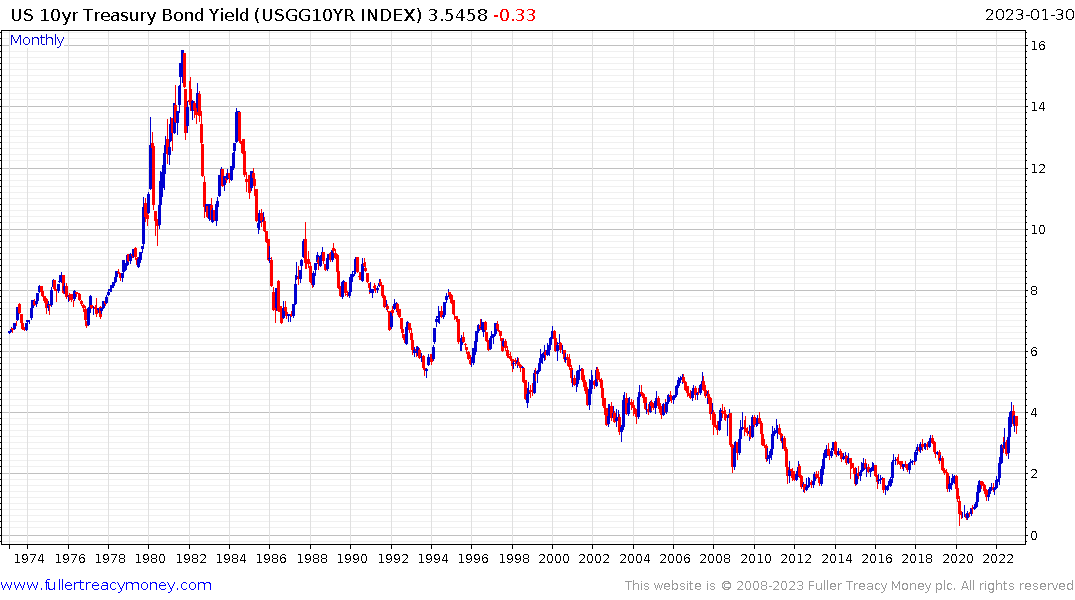Email of the day on inflation and interest rates hikes
In a recent article, Joseph Stiglitz argues that the current inflation is primarily due to the supply-side shock of the Covid crisis and to shifts in the demand patterns. His view is that the rate of inflation has already peaked - it is 1% higher now than in June 2022. He claims that the rise in interest rates has been largely passed on to consumers via higher prices and that any future interest rate rises would be inflationary.
Thank you for this email which may be of interest. I believe the article you referring to is Stiglitz’s one in Project Syndicate. Here is a section:
Worse, it is not even clear that there is any upside to this approach. In fact, raising interest rates could do more harm than good, by making it more expensive for firms to invest in solutions to the current supply constraints. The US Federal Reserve’s monetary-policy tightening has already curtailed housing construction, even though more supply is precisely what is needed to bring down one of the biggest sources of inflation: housing costs.
Moreover, many price-setters in the housing market may now pass the higher costs of doing business on to renters. And in retail and other markets more broadly, higher interest rates can actually induce price increases as the higher interest rates induce businesses to write down the future value of lost customers relative to the benefits today of higher prices.
To be sure, a deep recession would tame inflation. But why would we invite that? Fed Chair Jerome Powell and his colleagues seem to relish cheering against the economy. Meanwhile, their friends in commercial banking are making out like bandits now that the Fed is paying 4.4% interest on more than $3 trillion of bank reserve balances – yielding a tidy return of more than $130 billion per year.
The assumption the passthrough mechanism from costs to rents is seamless is a big leap. Without a healthy economy that delivers wage growth, rental yields increase through lower purchase prices. This article describing how robo-purchases by institutional investors in property have gone wrong, particularly Opendoor, may also be of interest.
The Atlanta Wage Growth Index has peaked right along with inflation. Meanwhile, Opendoor has steadied with the wider speculative portion of the market.
Meanwhile, the history of quantitative tightening is it contributes to deflationary forces. When the ECB tried it in 2012-14, the Fed in 2018/19 and now, the sovereign yield went up first and collapsed afterwards. The 10-year Treasury yield jumped from 1.5% in early 2022 to 4.33% in October. Since then the yield has fallen to 3.54%. If history is any guide we should expect yields to go significantly lower from here. The only way that occurs is if growth surprises on the downside.
The question of whether inflation is transitory is a diversion from the bigger question which is whether we get a higher reaction low in yields and they subsequently surge to new recovery highs? Even that question may be premature because the uptrend is still reasonably consistent. A sustained move below 3.5% would be required to question that conclusion.

This report from Bank of America on fund flows may be of interest on potential for a higher trough in yields.
But it’s a Fragile One: the narrative holds so long as growth falls, inflation falls (see US house prices cooling – Table 2), Fed done at some stage; but still degree of yield decline likely modest as China reopening, European war escalating, fiscal excess continues ($6tn of government bond supply, $1tn of corporate bonds in 2023), US federal interest payments >$0.5tn in ’22 & will rise further as US public debt surges to $45tn in 2032 (124% GDP – Charts 5 & 6); and the comeback of speculative long duration assets (bitcoin 45%, TSLA 34%, ARKK 25% from lows) will likely reverse if oil, wages (corp profits drive labor – Chart 7), CPI shifts the “soft landing” narrative temporarily in coming weeks into a “no landing” view.
Especially as “No Landing” Likelihood Rises: recessions are about re-financings & redundancies; monetary policy is struggling to create recession; US M2 -1.3% y/y…record decline, UST 2s10s yield curve most inverted since Sep'81 (Chart 8), Leading Economic Index -8% from peak…all signals hard landing will occur in ’23; but another tightening of financial conditions this spring may be required to tip a US economy currently growing >7% in nominal terms into the recession the consensus craves.
The Federal Reserve is quite likely to reduce its hiking increment to 25 basis points tomorrow but the stock market is assuming this is the last hike. If instead they continue to hike for another few meetings, and subsequently hold steady, that will further increase the pressure on heavily leveraged portions of the stock market.
Back to top


